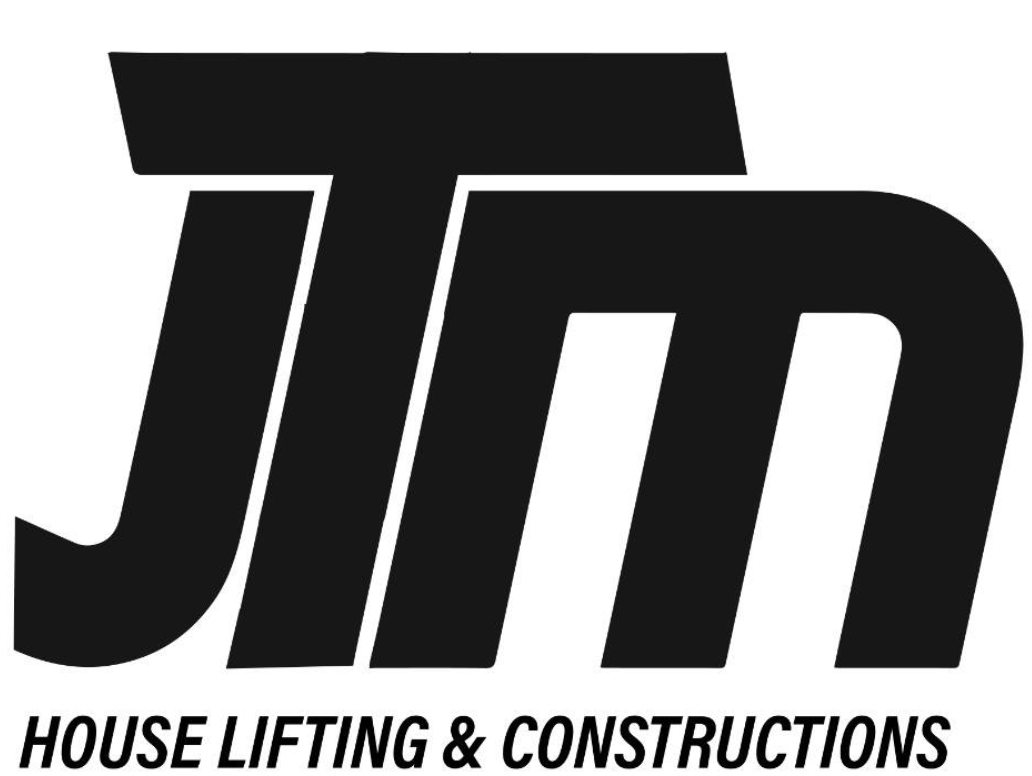Are you looking for a way to relocate your building without the hassle of demolition and reconstruction? Building lifting and shifting might just be the solution you need. This innovative technique involves raising an entire building from its original foundation and moving it to a new location, all while keeping the structure intact.
Imagine being able to change the location of your building without having to worry about starting from scratch. With building lifting and shifting, you can save time, money, and resources by reusing your existing structure instead of tearing it down and rebuilding. Whether you want to move your home or commercial property, this method offers numerous benefits and advantages. Not only does it eliminate the need for extensive construction work, but it also minimizes disruptions to nearby properties during the relocation process. So if you’re ready for a stress-free move that preserves your building’s integrity, consider exploring the world of building lifting and shifting.
## The Process of Building Lifting and Shifting
Lifting and shifting is a challenging but exhilarating process that will transform your business to new heights. When it comes to building lifting and shifting, the first step is to assess the structure and determine if it can withstand the process. This involves conducting a thorough inspection to identify any weaknesses or vulnerabilities that need to be addressed before proceeding.
Once the assessment is complete, it’s time to prepare for the actual lifting and shifting. This may involve securing permits, coordinating with utility providers, and planning for any necessary road closures or traffic diversions. It’s important to have a detailed plan in place to ensure that everything runs smoothly during this phase.
During the actual lifting and shifting process, specialized equipment such as hydraulic jacks, cranes, and dollies are used to carefully lift the building off its foundation. It requires skilled operators who are experienced in maneuvering large structures safely. The building is then shifted onto specially designed trailers or rollers and transported to its new location.
Building lifting and shifting is an intricate process that requires careful planning and execution. It not only offers a unique opportunity for businesses to expand or relocate but also presents many challenges along the way. By following proper procedures, working with experts in the field, and ensuring thorough inspections are conducted beforehand, you can successfully undertake this transformative endeavor for your business.
## Benefits and Advantages of Building Relocation
Imagine the advantages and benefits you’ll experience when relocating your structure to a new location. Building relocation offers numerous benefits that can positively impact your project. First and foremost, it allows for the preservation of historic or architecturally significant buildings, ensuring that they are not lost due to development or other factors. By moving these structures to a new location, they can be protected and appreciated for years to come.
In addition to preserving important buildings, relocating a structure also provides the opportunity for adaptive reuse. This means that old buildings can be repurposed for new functions, such as turning an old factory into loft apartments or transforming a historic home into a museum. By repurposing existing structures, resources are conserved, and there is less need for new construction.
Furthermore, building relocation can be more cost-effective than demolition and reconstruction. Moving a building may require less time and money compared to tearing it down and starting from scratch. Additionally, relocating a structure preserves its unique character and history, which adds value to the property.
To further illustrate the benefits of building relocation, here is a table showcasing some key advantages:
Advantages Description
————————-
Preservation Allows for the preservation of historic or architecturally significant buildings
Adaptive Reuse Provides opportunities to repurpose old buildings for new functions
Cost-Effectiveness Can be more cost-effective compared to demolition and reconstruction
Building relocation offers several advantages that make it an attractive option when considering the future of a structure. From preserving important buildings to enabling adaptive reuse and being cost-effective, this process provides countless benefits. So if you’re looking for ways to protect historical landmarks or repurpose old structures while saving time and money, consider exploring the possibilities of building relocation.
